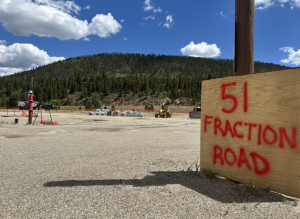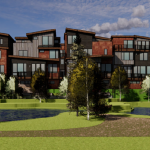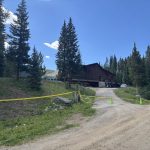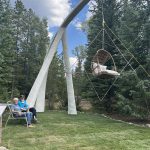Breckenridge officials support accessory dwelling units in the town’s Runway Neighborhood, but staff members say it could create affordability issues
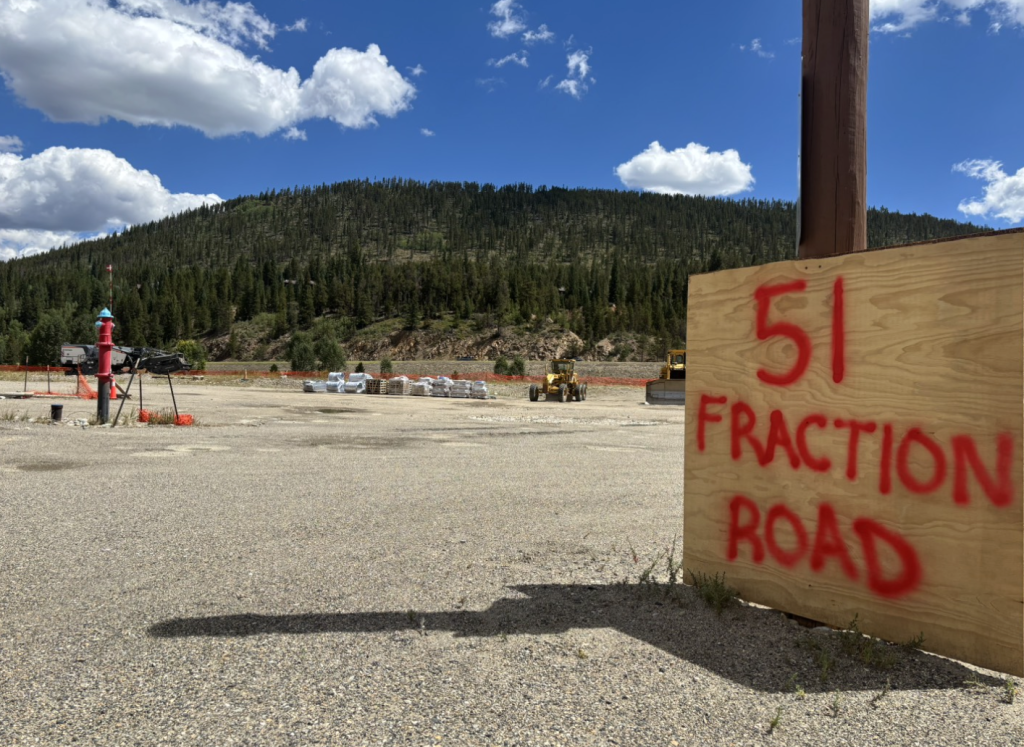
Matt Hutcheson/Summit Daily News
Breckenridge’s Runway Neighborhood just broke ground, and elected officials were recently tasked with determining what role, if any, accessory dwelling units, should play.
While no official vote occurred at a Tuesday, Aug. 12, Breckenridge Town Council meeting, much of council expressed a desire to see the inclusion of accessory dwelling unit-ready infrastructure in what officials have deemed the town’s last major workforce housing neighborhood.
Around 27 single-family homes out of the 81 housing units in the first phase of the Runway Neighborhood could have accessory dwelling units. First proposed as a two-phase project with around 148 units, elected officials decided to only commit to the first phase with an approximately $34.6 million town subsidy in lieu of committing to both phases at around $50 million due to economic uncertainty.
Staff members are recommending an “accessory dwelling unit-ready” model, in which “shells” are constructed and equipped with infrastructure to become accessory dwelling units, but aren’t fully built out. They said there is a potential grant opportunity to incentivize buyers to build them out that is still being explored by staff.
Officials have previously discussed how the units could give the town an opportunity to add more rental units for the local workforce and provide the homeowner of the single-family home with the ability to collect additional income through charging rent. Some were in favor of them and a requirement to have them be rented, while others felt the town shouldn’t force homeowners to be landlords.
Estimates put construction of accessory dwelling units at $120,000 per unit, and utility construction costs and permit fees are estimated to come out to $30,000 per unit. Officials discussed the price difference of around $800,000, considering 27 eligible homes and $30,000 per unit for utility and permit costs, between having fully built-out accessory dwelling units versus just building shells.
A staff memo for the Aug. 14 meeting details staff members feel it would narrow the qualified buyer pool and “subsequently create issues with long-term affordability.”
“We just really couldn’t feel great about the million-dollar price point of a five-bedroom, deed-restricted home,” housing project manager Melanie Leas said.
She said the addition of accessory dwelling units upfront could remove the opportunity for homeowners to add value over time through their own investment. Mayor Kelly Owens asked if owners responsible for building out the accessory dwelling units could recapture some of the expense during a resale. Staff members said they did believe there would be opportunities for that.
Some of council felt, despite the price hike, the addition would be worth it.
“The flat land in the bottom of the valley is limited, and having 47% of our workforce living in the valley as a goal that we have currently, I think without (accessory dwelling units), the project’s at around six units an acre, which, to me, is a little on the low side,” council member Todd Rankin said. He wanted to see at least some of accessory dwelling units be fully built out.
“Who’s paying for that?” Leas asked, questioning if he was proposing adding $150,000 to the price tag of units for buyers.
Rankin suggested adding a light deed restriction with fewer requirements regarding income levels and price points as opposed to a full deed restriction, adding he was flexible.
“Flexible, but someone has to pay for it,” housing director Laurie Best said.
Owens interjected and said that matter would “flush itself out” later on in the process.
Council member Jay Beckerman said he previously felt there were inefficiencies with the shell model of having units being accessory dwelling unit-ready as opposed to just having them. He asked staff if the homeowners would be responsible for getting the units hooked up to utilities like water or installing heating themselves, or if they would buy the home and subsequent unit with those elements included.
The team behind the project answered it would depend if the units were attached to the homes or not. Detached units would require a different process to connect to a heat source and other utilities, as opposed to attached units. Staff members said detached units in general would be more expensive than attached.
Beckerman said he wasn’t aware some accessory dwelling units would be attached to the single-family homes while others won’t be, and was wary about how that would impact the overall cost of the project and the permitting process.
He said he wanted to see at least half built out, but said it would be most beneficial for owners to have them all fully built out.
Council member Dick Carleton supported the shell model and liked the idea of a grant to incentivize owners.
Council members Carol Saade and Marika Page said they appreciated staff member’s consideration of what the inclusion of accessory dwelling units would do to the price points for buyers, but that they ultimately support the shell model. Council member Steve Gerard supports the shell model, as well.

Support Local Journalism

Support Local Journalism
As a Summit Daily News reader, you make our work possible.
Summit Daily is embarking on a multiyear project to digitize its archives going back to 1989 and make them available to the public in partnership with the Colorado Historic Newspapers Collection. The full project is expected to cost about $165,000. All donations made in 2023 will go directly toward this project.
Every contribution, no matter the size, will make a difference.

